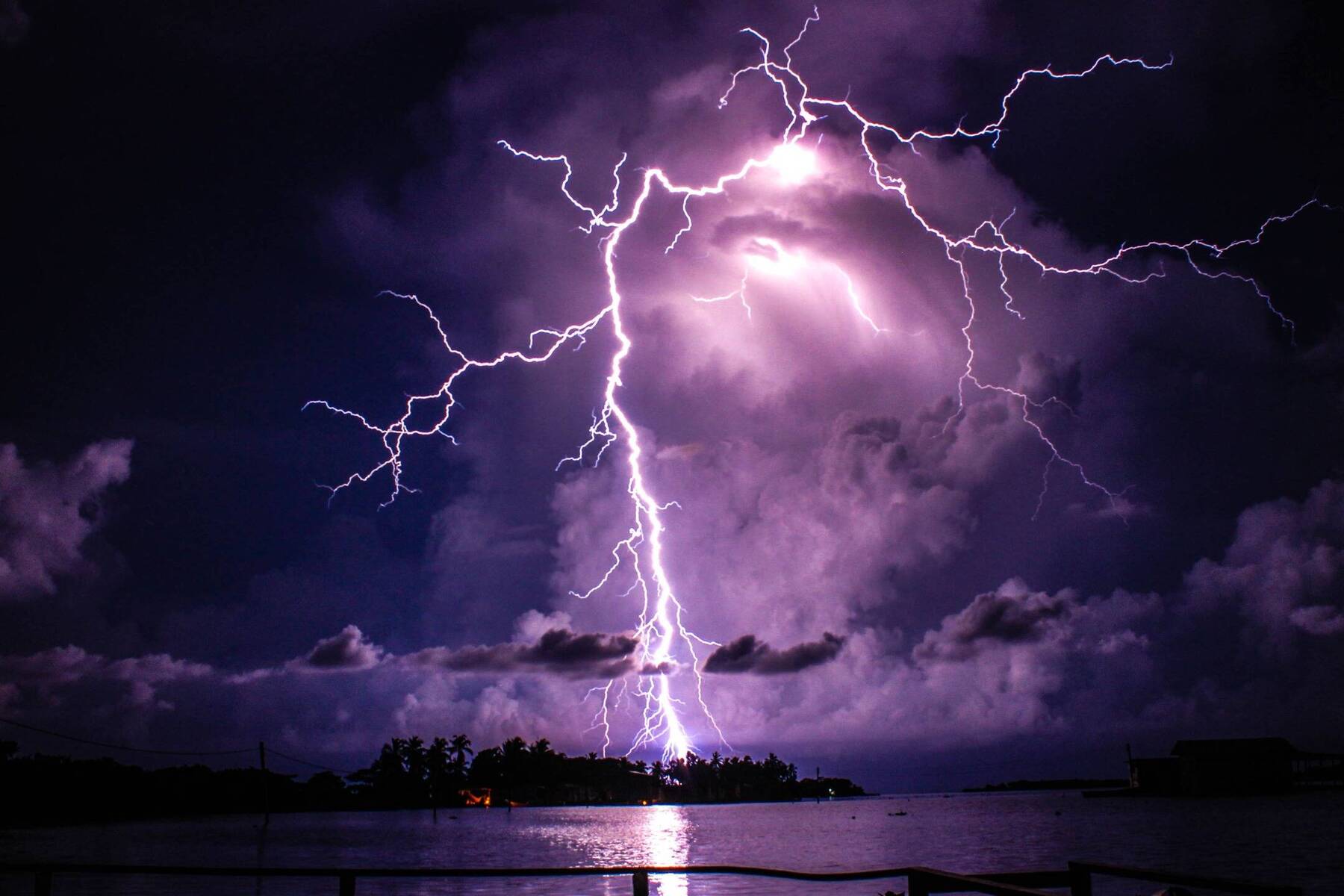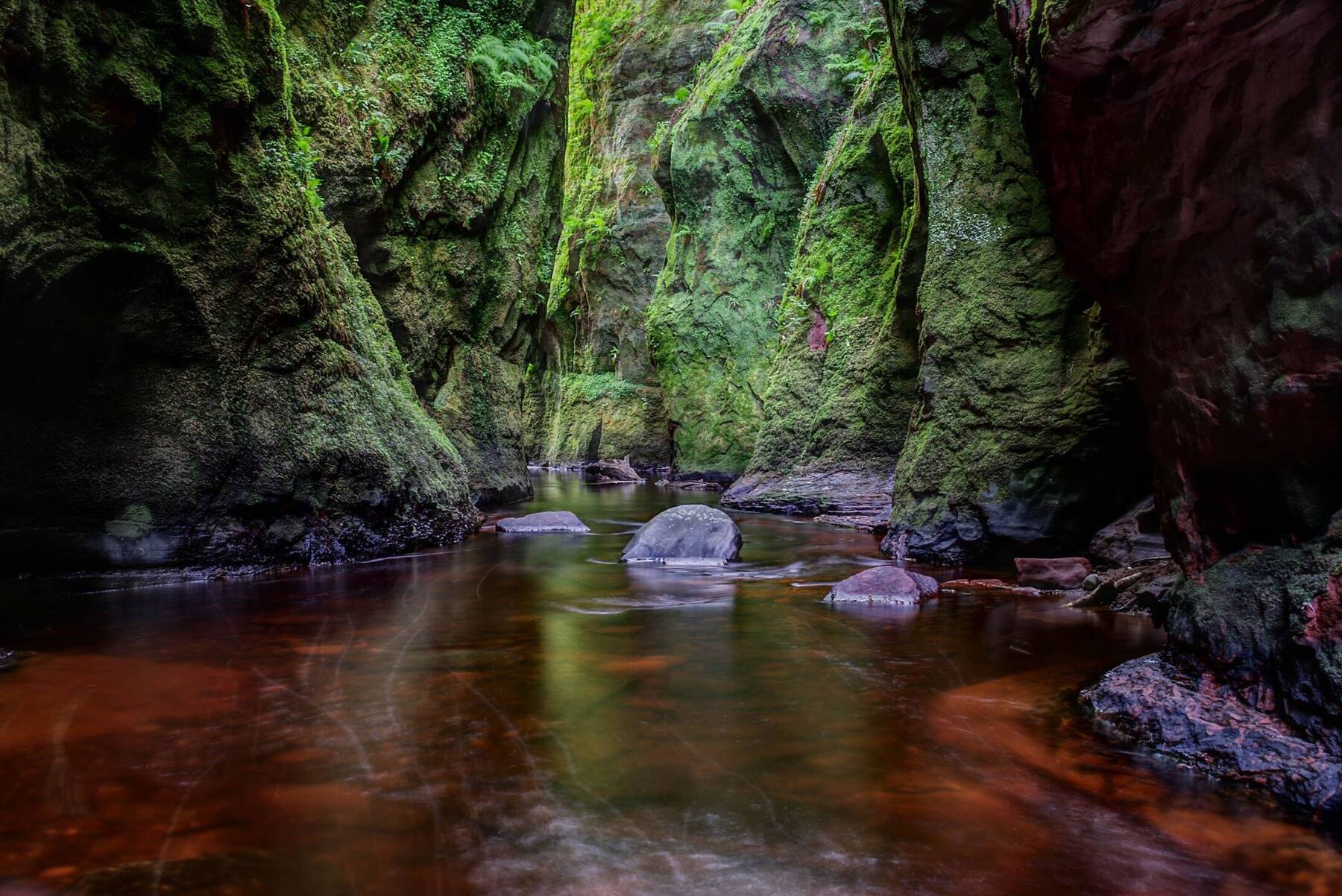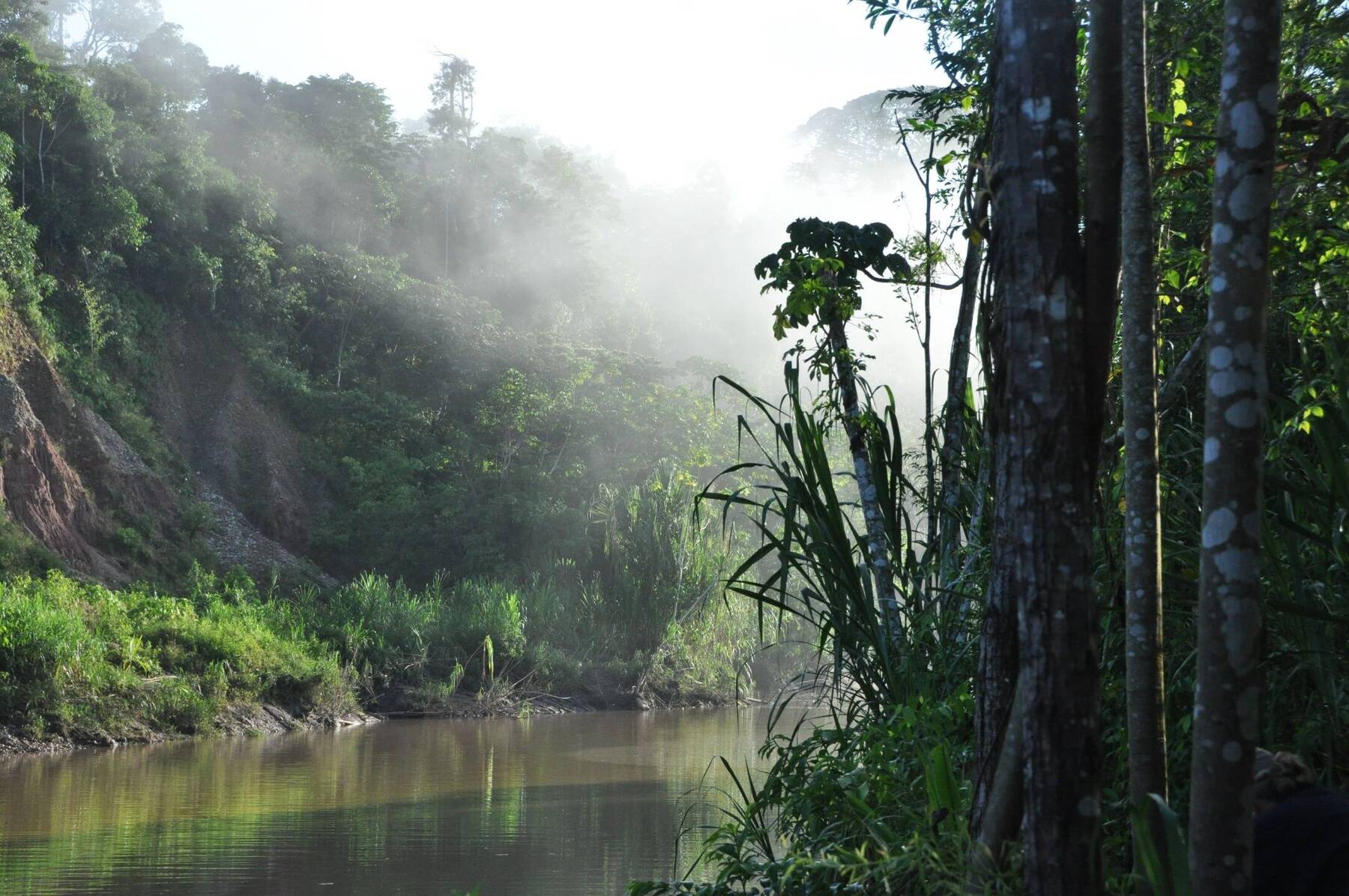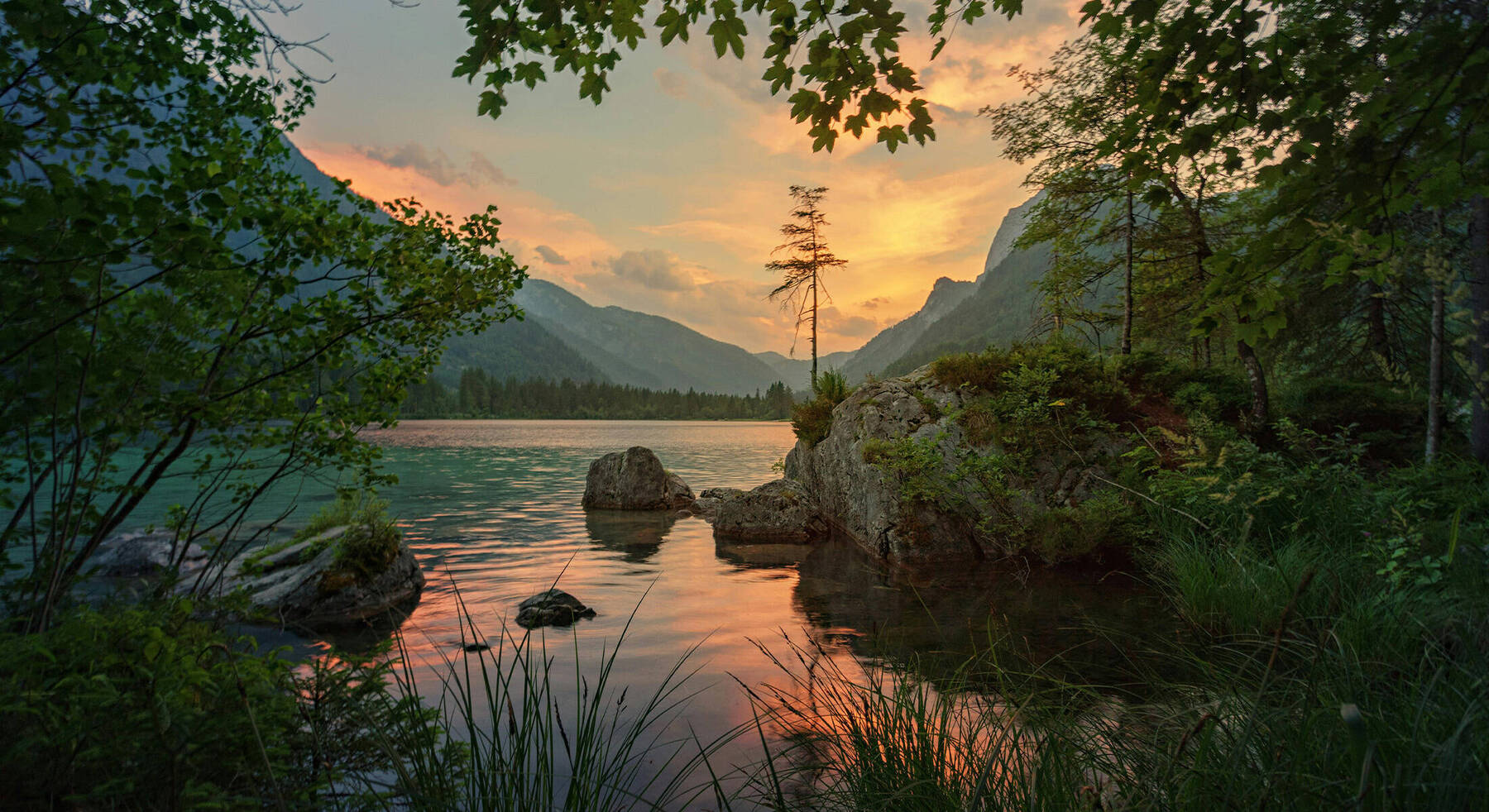Venezuela’s Everlasting Storm
As dusk settles over the calm waters of Lake Maracaibo, and the brightly painted homes of local fishermen, balanced on stilts over the water, fall quiet, cracks form in the sky, colliding with pockets of warmed air and zigzagging as they force their way to the ground. This Catatumbo Lightning fills the dark sky with intense light, striking on some nights up to 280 times per hour, and on rarer occasions as much as 200 times a minute, for an average of 297 nights a year. It’s been a constant of the known world for as long as history can remember, so much so that it’s perhaps best known as the Beacon of Maracaibo because sailors entering the Catatumbo river mouth from the Caribbean have historically embraced the lightning as a natural beacon. A lighthouse bursting from the heavens coaxing all towards the lake.
But there’s little mystery as to why this happens. It comes down to the lay of the land. To the south, the mountains of the Andes wrap around the lake’s shores, and to the north, the lake swims into the river and eventually collides with the warm waters of the Caribbean Sea. This results in cool mountain breezes that dance through the valley eventually joining with the warm winds of the sea, creating perfect conditions for lightning and deadly entertainment for the few travellers who make the journey, usually from nearby Mérida.














Comments